
Students will ask questions to obtain information about the purpose of weather forecasting to prepare for, and respond to, severe weather.
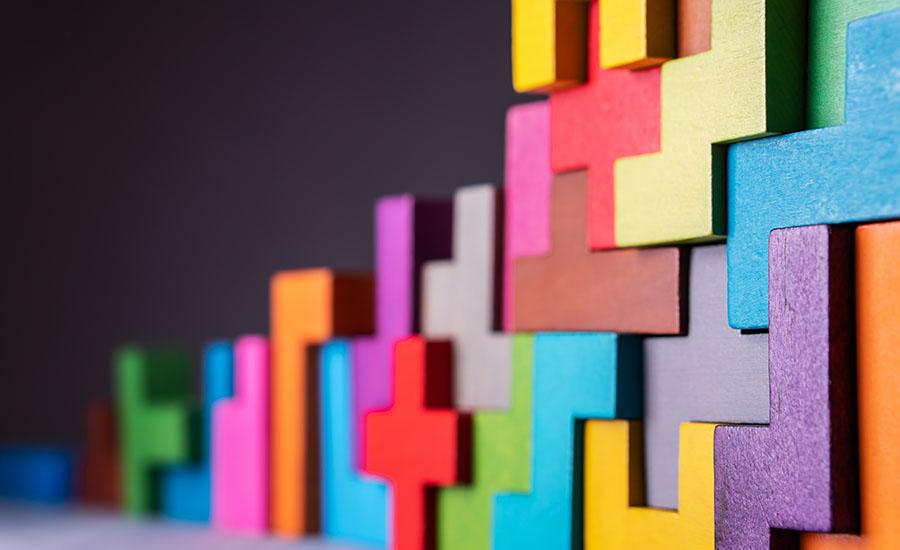
This lesson plan is designed to allow students to express their creativity while applying science, technology and math concepts by designing their own dream house.
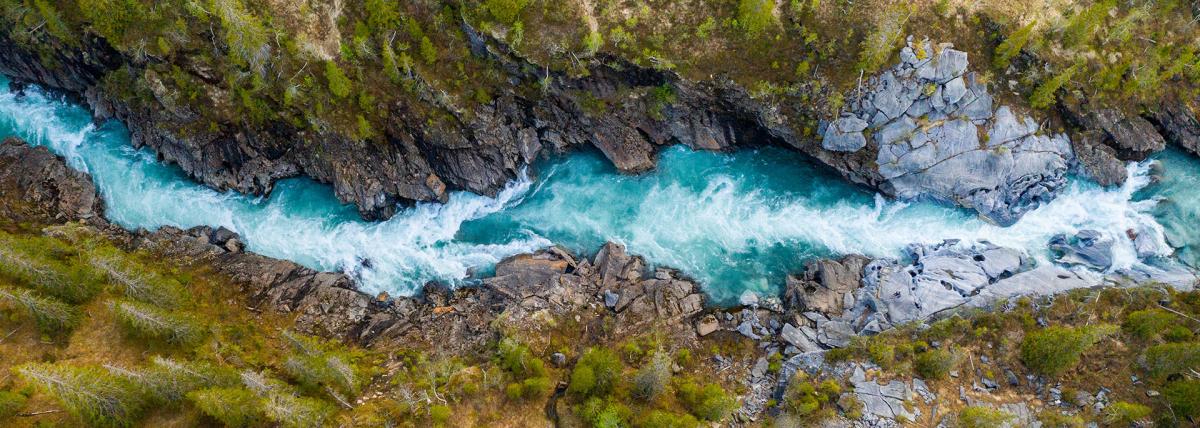
This is the second lesson plan that goes with the series of four lesson plans for the book Song for a Whale by Lynne Kelly. This lesson focuses on vibrations, sounds, and music. The final project is

This lesson includes activities to help build equitable background knowledge before reading the book A Song for a Whale by Lynne Kelly. These activities include setting up science notebooks, building
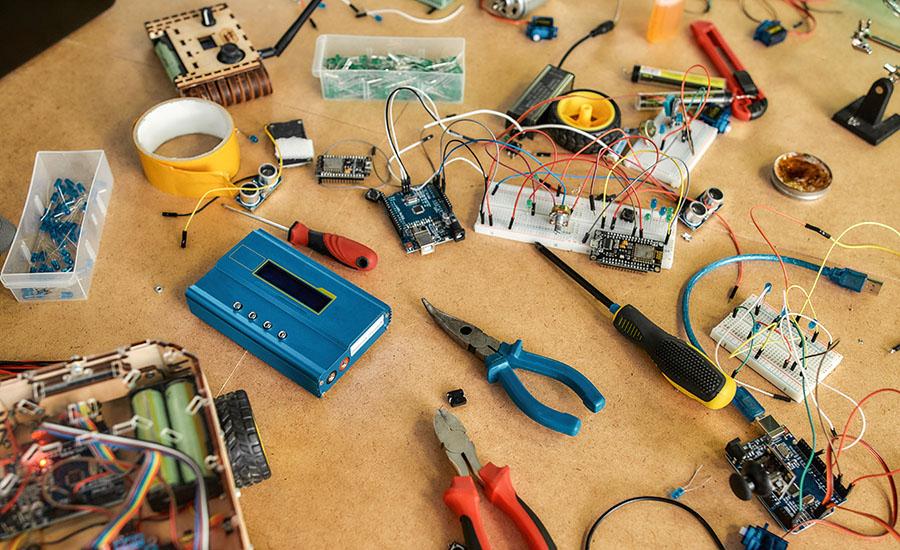
Bridge Design Challenge For this design challenge, each group will build a bridge out of 200 popsicle sticks and 1 bottle of Elmer’s glue. The bridge will span a 12 inch gap between tables. After the
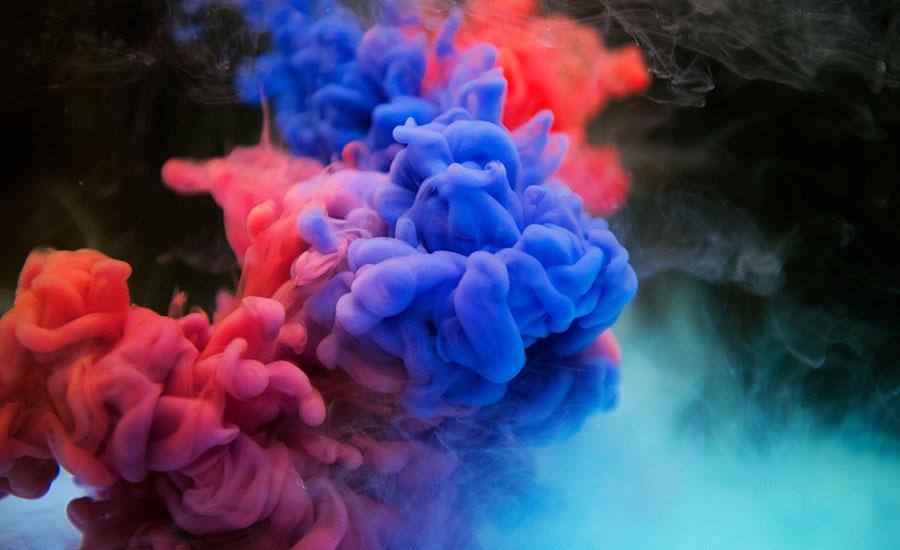
Students will make clay pucks. Fire clay pucks and put into various fibers, materials, paper while still hot to see the effect of thermal shock on clay and the design each of the different materials
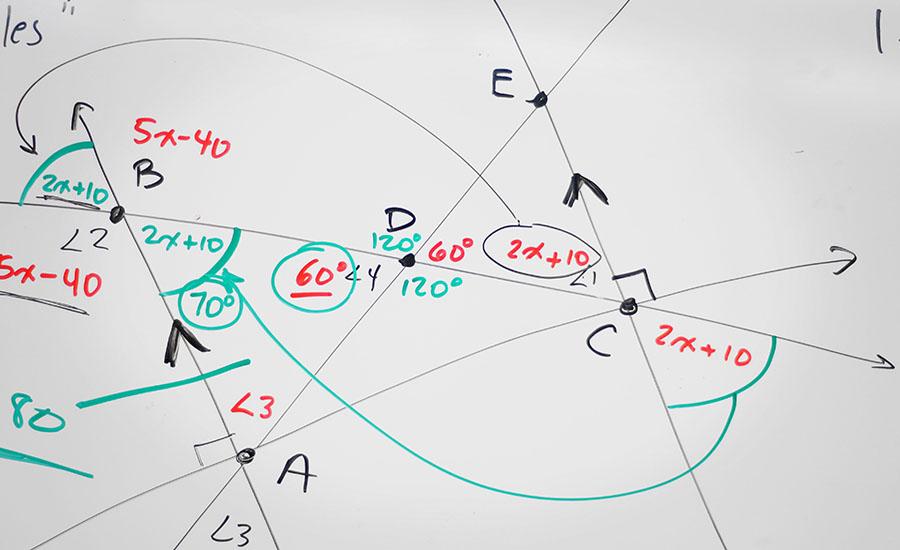
SNOW
This lesson includes literacy, math, and art about snowflakes. Within math, students will dive into an analysis of angles within a common snowflake. Students will listen to an informational text about
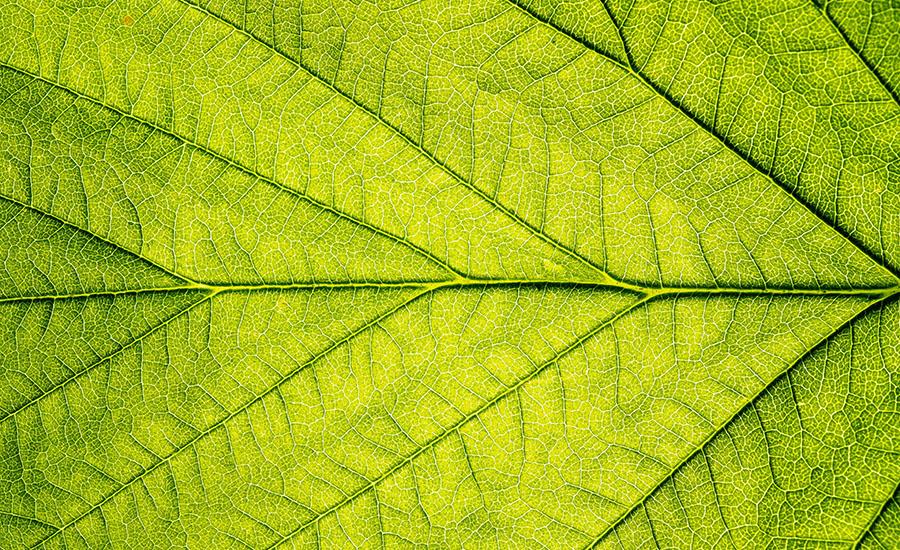
This first grade lesson includes the life cycle and survival of a seed. Students will participate in observing the life cycle of a seed, asking questions, writing about the life cycle, and listening
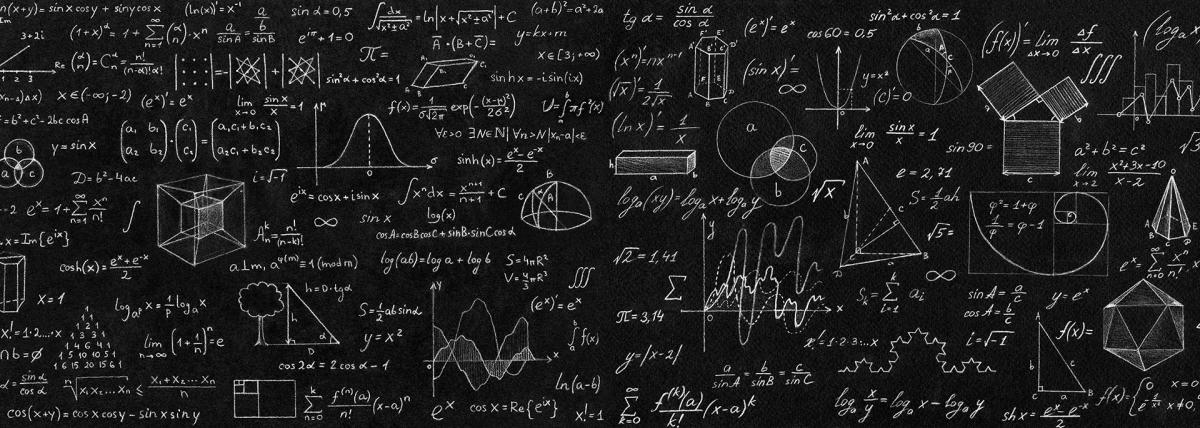
Students use magnets to investigate how unseen forces can act on an object. Students explore with magnets and work to design an investigation and create a model and explanation for how forces act on

This lesson introduces the big bang. Provides exploration into cosmic background radiation and expansion of the universe. It also introduces red shift.
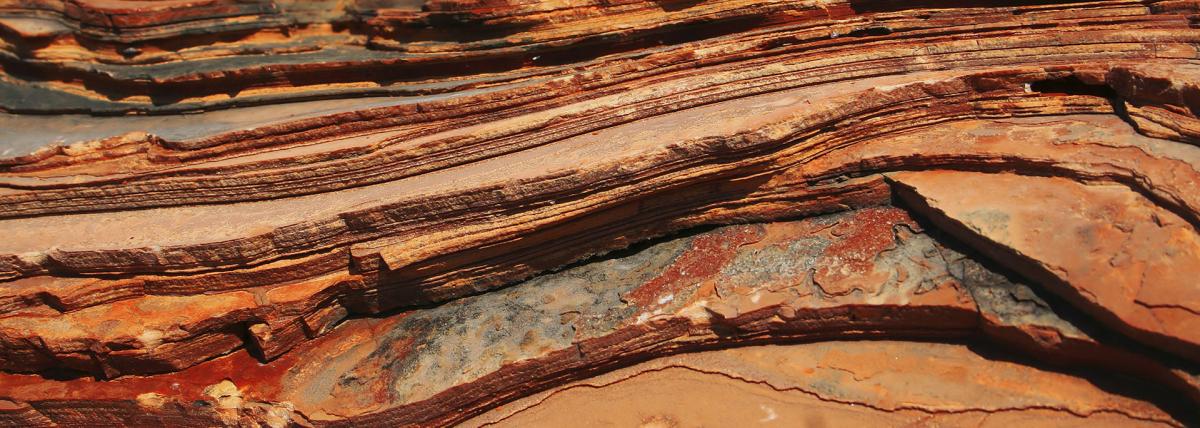
Students will explore weathering of solid rock and how it changes over time. They will use a sugar cube to represent the rock and test the effects of a rock at the top of the mountain and what occurs

Students will test the relationships between mass, speed, and kinetic energy using a toy skateboard.

What are the parts of a plant? What is pollination? What parts are involved in pollination? What happens when a bee or another pollinator flies from flower to flower? Why is pollination important? How

Students will be creating their own arcade games with recycled materials. One idea can change the world! During this activity students will be going through the engineering design process.

Students engage in science, math, and technology skills to analyze and interpret data about rain and weather across different regions.

After completing a ratio table and researching the benefits of the ingredients in chicken feed, students will now be able to build a bag of chicken feed for a local farmer!

This lesson walks students through reimagining a schoolyard space by calculating scale model and creating scale objects.

This lesson compares and contrasts different hydroponic systems and their benefits and setbacks. Then, the plan walks the students through the hands-on activity of creating a Kratky bin for hydroponic

Stage 2 of a 4-stage project. Students will continue to research the pros and cons of small farms. Students will revisit their original farm drawing, ensuring they have different key features, and

Stage one of a 4 stage project. Students will research crops and seasons to create a blueprint that will serve as the guidelines for building a small functioning farm.

This lesson plan is designed to teach students about Newton's 3rd Law of Motion through hands-on experimentation. Students will build cars and test the effects of collisions to gain a deeper

This lesson plan walks you through our engineering of a garden box and extended lesson of our plant growth.
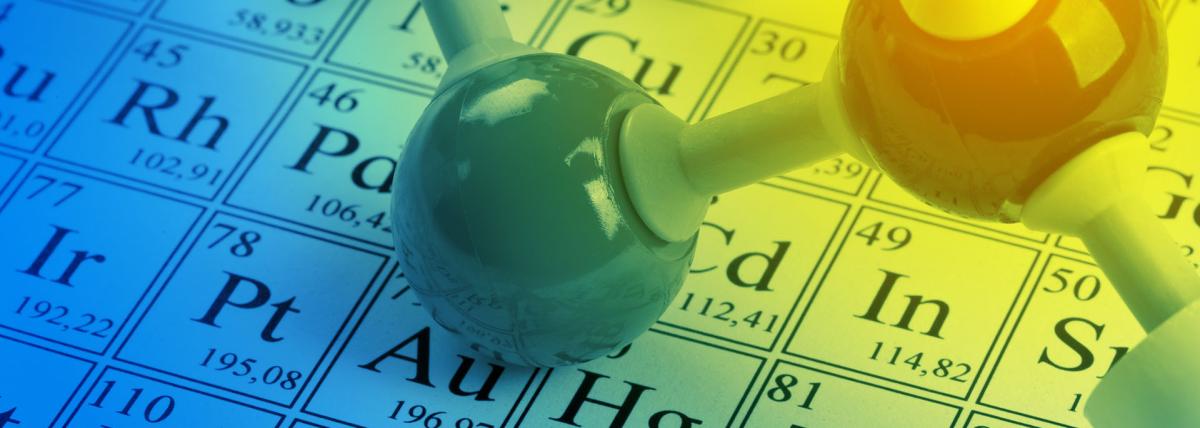
This lesson is a fantastic way to introduce physical and chemical properties. It includes hands-on stations activities. In this lesson, students will be able to really see the properties of matter at

Students will create 3D Models of a water form. Learners will record a photo of their model, write and type or record information about their model via iPad or tablet. Students will record a learning


